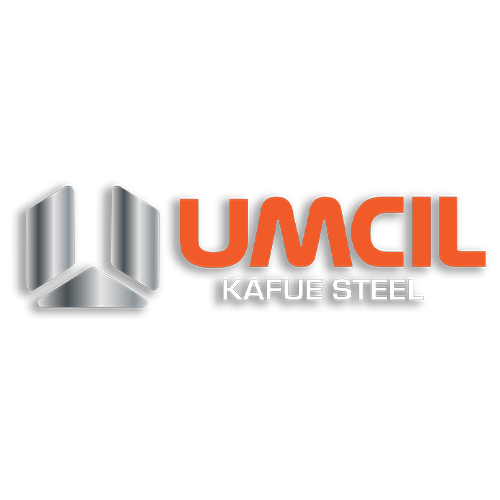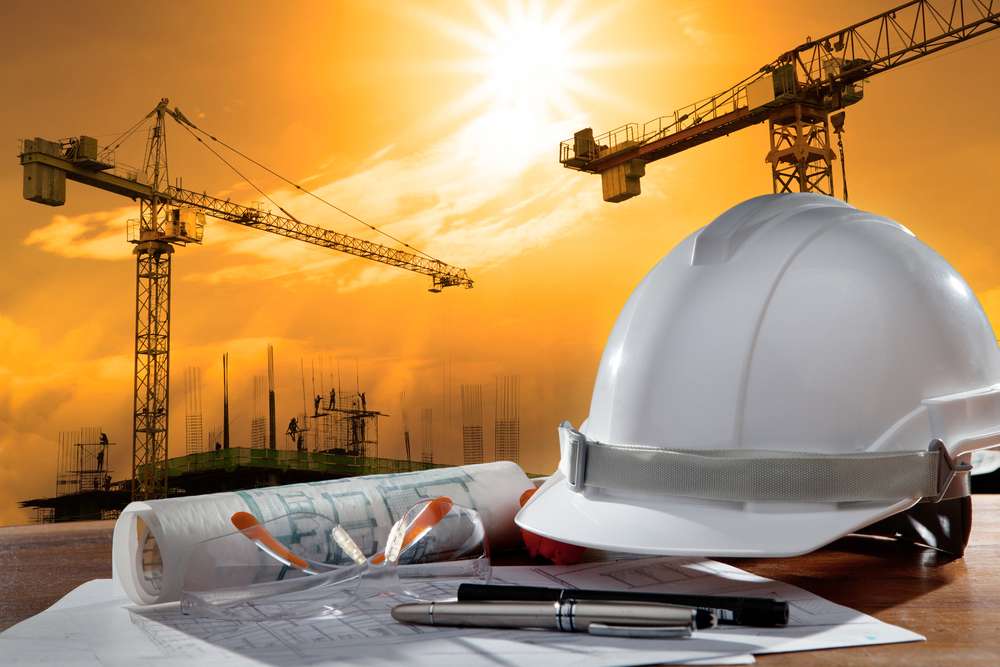Thermo-mechanically treated (TMT) bars play a crucial role in ensuring the structural integrity of reinforced concrete constructions. Employing the best practices during the selection and placement of TMT bars is essential for preventing issues such as cracking and ensuring the longevity of the structure.
Consistent Grade and Quality:
Choosing TMT bars of the same grade and quality for the entire structure is fundamental. Consistency in material ensures uniform strength and durability, contributing to the overall stability of the construction.
Bar Bending Schedule:
Implementing a meticulously planned bar bending schedule well in advance, before the cutting and bending of TMT bars, minimizes wastage. This practice not only reduces costs but also ensures that each bar is utilized efficiently, contributing to a more sustainable construction process.
Use of Concrete Cover Blocks:
To enhance durability and protect against environmental factors, use concrete cover blocks at regular intervals. It is essential to ensure that these cover blocks possess the same strength as the concrete, providing a shield against corrosion and maintaining the longevity of the TMT bars.
Proper Positioning and Fixing:
TMT bars must be positioned correctly and tightly fixed in place. Proper placement ensures that the bars can effectively bear and distribute loads, enhancing the structural stability of the entire construction.
Adequate Lap Length and Staggered Laps:
For joints, maintain an adequate lap length. This ensures a seamless integration of TMT bars, preventing weak points in the structure. Additionally, staggering laps reduces the risk of concentrated stress, contributing to the overall robustness of the reinforced concrete.
Incorporating these best practices in the use of TMT bars is imperative for constructing resilient and long-lasting structures. By ensuring consistency, efficiency, and meticulous attention to detail, construction professionals can contribute to the safety, durability, and sustainability of reinforced concrete projects.



